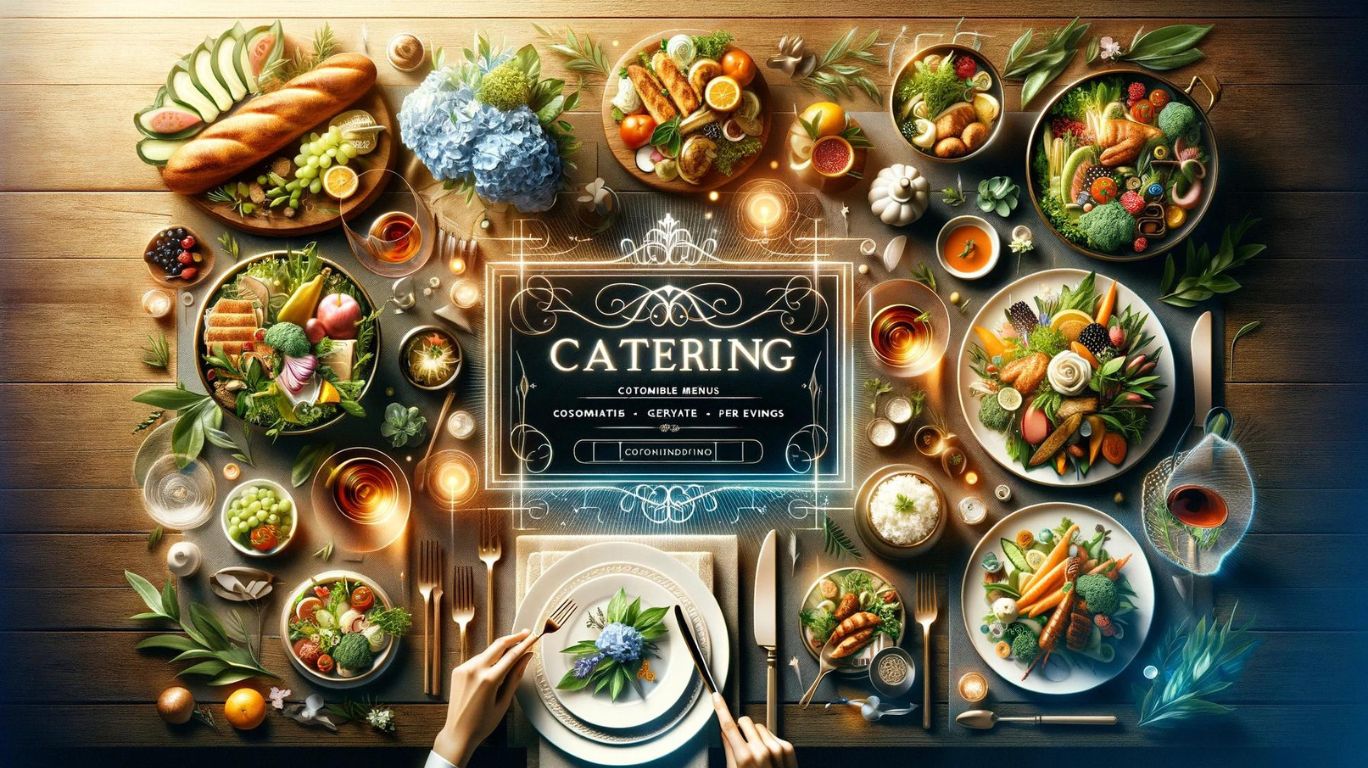History’s best cooking tips that still apply today
Microsoft may earn an Affiliate Commission if you purchase something through recommended links in this article.
Microsoft may earn an Affiliate Commission if you purchase something through recommended links in this article.
Microsoft may earn an Affiliate Commission if you purchase something through recommended links in this article.
Microsoft may earn an Affiliate Commission if you purchase something through recommended links in this article.
Microsoft may earn an Affiliate Commission if you purchase something through recommended links in this article.
Microsoft may earn an Affiliate Commission if you purchase something through recommended links in this article.
Microsoft may earn an Affiliate Commission if you purchase something through recommended links in this article.
Microsoft may earn an Affiliate Commission if you purchase something through recommended links in this article.
Microsoft may earn an Affiliate Commission if you purchase something through recommended links in this article.
Microsoft may earn an Affiliate Commission if you purchase something through recommended links in this article.
Microsoft may earn an Affiliate Commission if you purchase something through recommended links in this article.
Microsoft may earn an Affiliate Commission if you purchase something through recommended links in this article.
Microsoft may earn an Affiliate Commission if you purchase something through recommended links in this article.
Microsoft may earn an Affiliate Commission if you purchase something through recommended links in this article.
Microsoft may earn an Affiliate Commission if you purchase something through recommended links in this article.
Microsoft may earn an Affiliate Commission if you purchase something through recommended links in this article.
Microsoft may earn an Affiliate Commission if you purchase something through recommended links in this article.
Microsoft may earn an Affiliate Commission if you purchase something through recommended links in this article.
Microsoft may earn an Affiliate Commission if you purchase something through recommended links in this article.
Microsoft may earn an Affiliate Commission if you purchase something through recommended links in this article.
Microsoft may earn an Affiliate Commission if you purchase something through recommended links in this article.
21/21 SLIDES
Send MSN Feedback
Please give an overall site rating:
Opens in a new window
Opens an external site
Opens an external site in a new window





